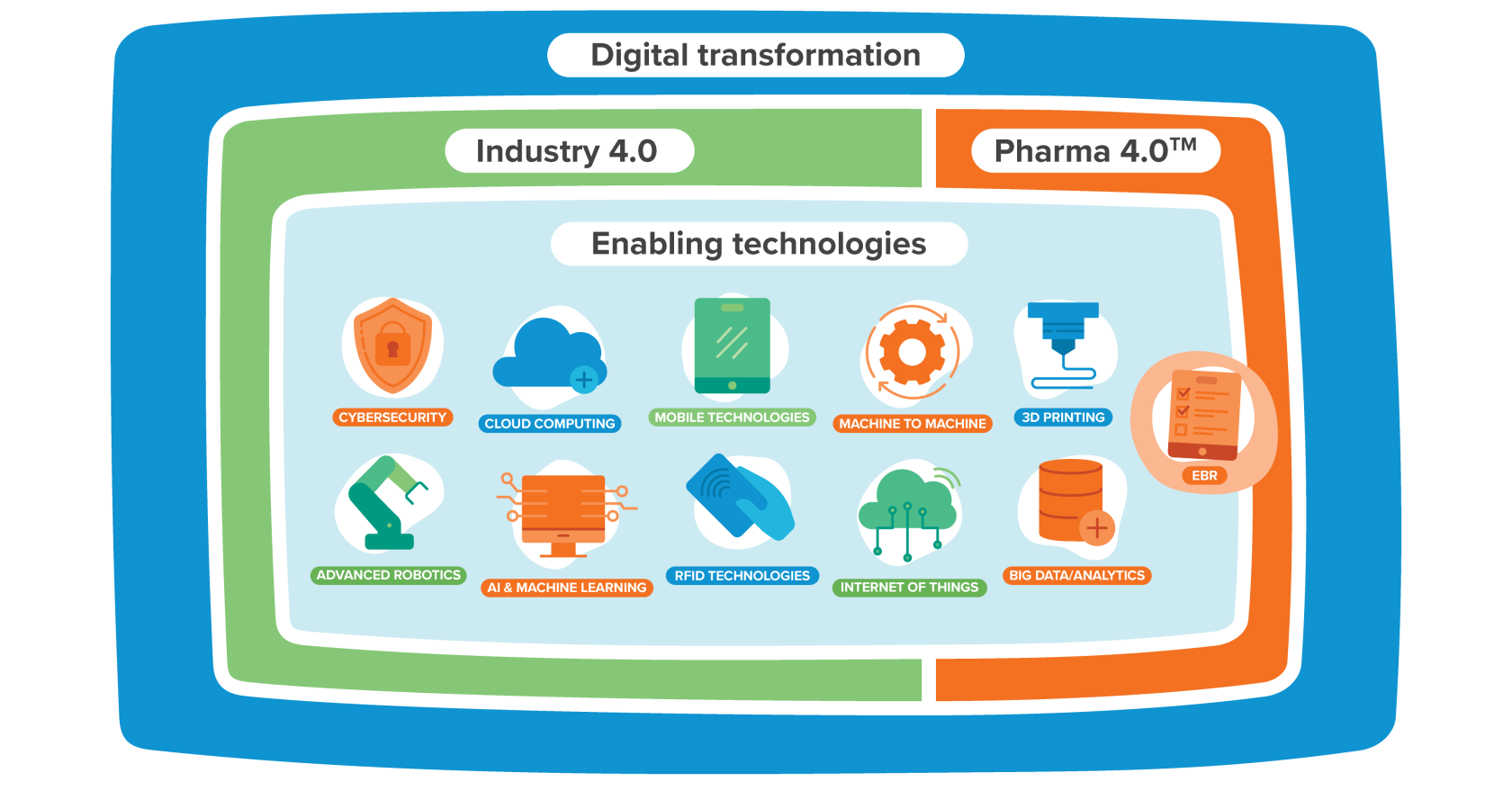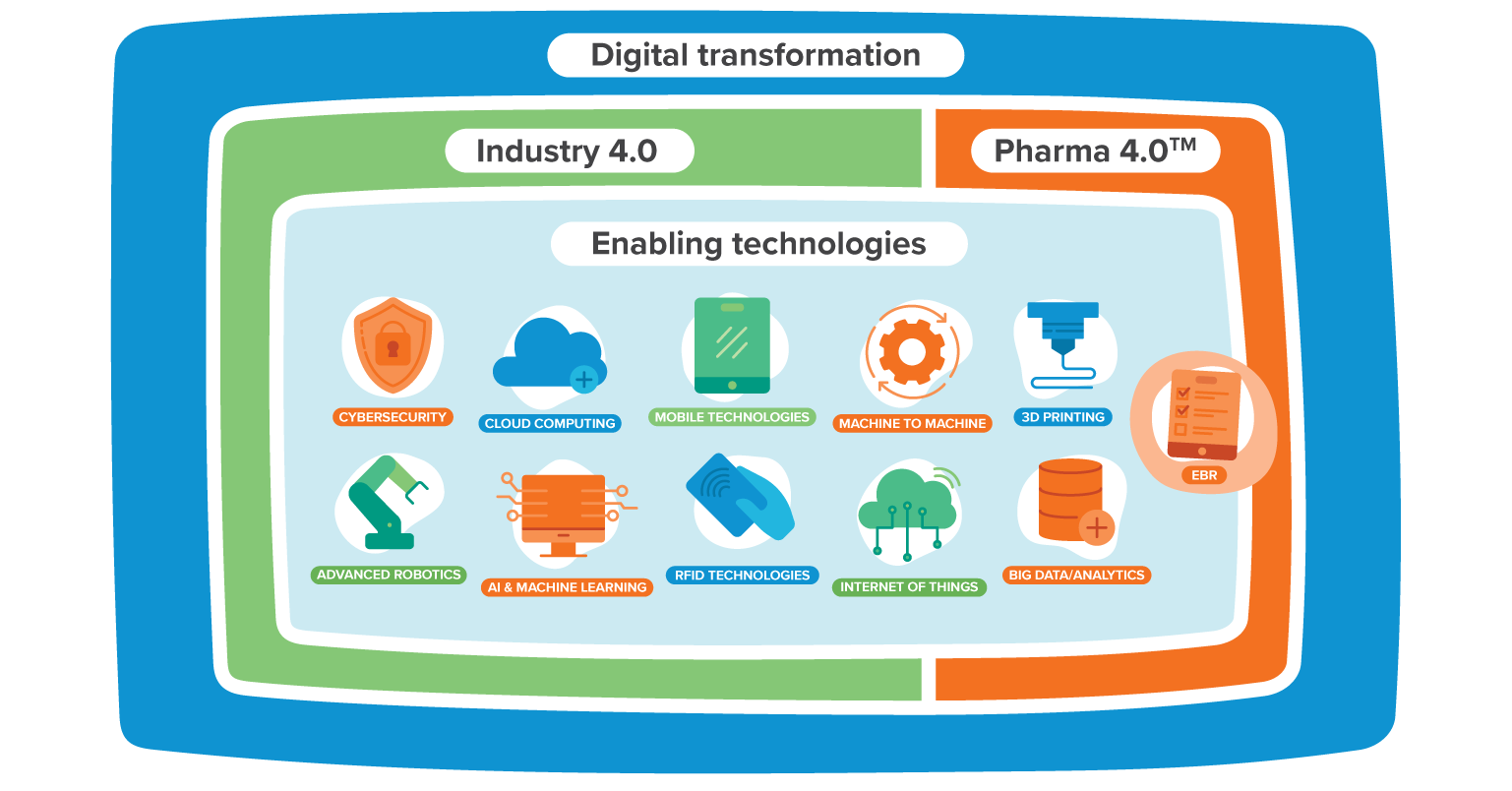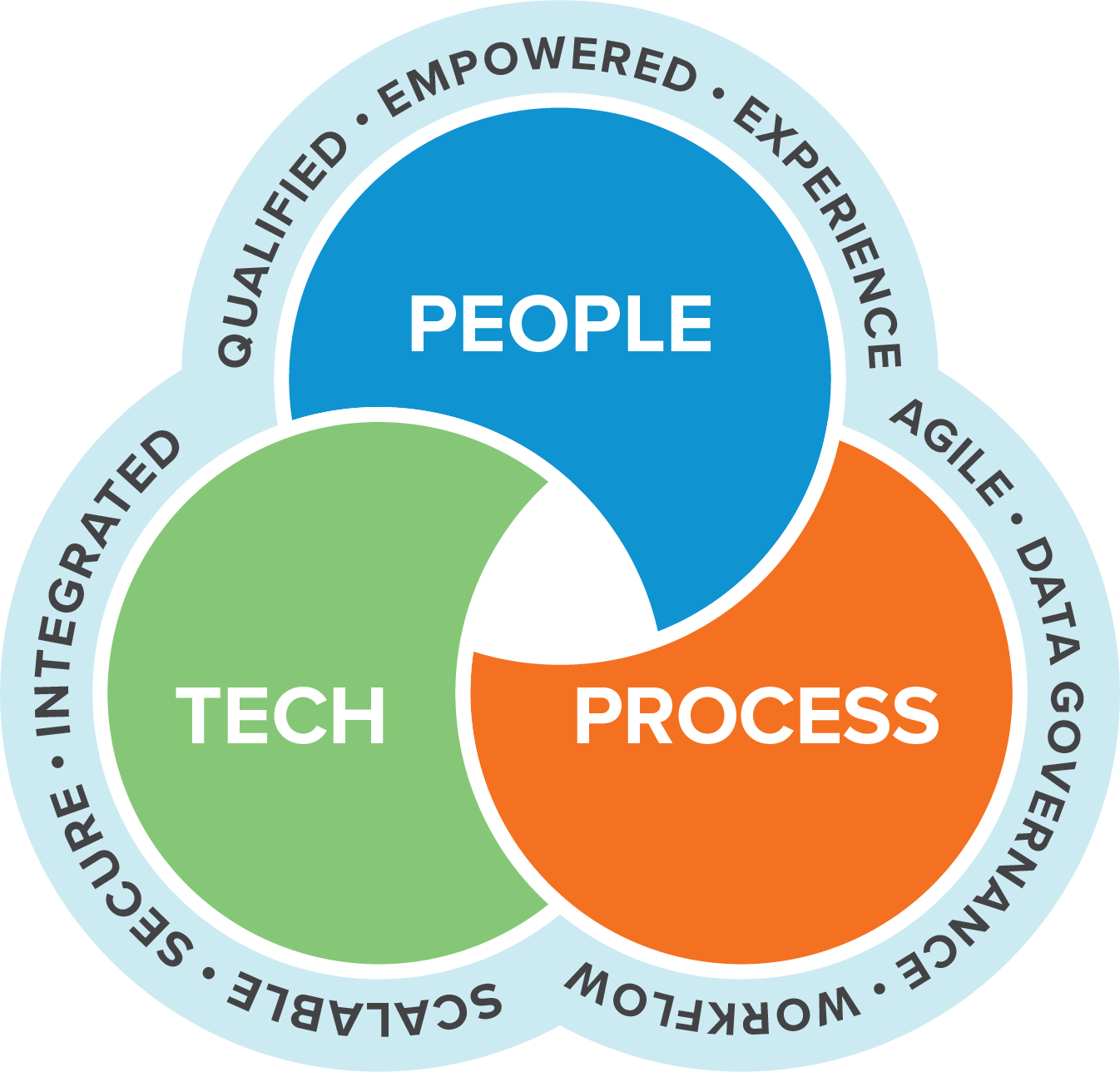3 levels to digitizing paper records
While doing a full EBR implementation is time-consuming and expensive, there are incremental steps that deliver a lot of this value quickly.
1. Paper-on-glass transformation
Digitizing paper records is a low-risk, high-reward activity that often yields a quick ROI. A PDF is made to record information that had been recorded on paper. It has the benefit of including timestamps, which allow you to know how much time it takes for an operator to perform each process step. This level doesn’t always include automatic error checking—records still need to be reviewed. It can eliminate entry errors and the time consuming review of legibility issues.
2. Automating workflow reduces costs quickly
Automating the workflow is the next level. It includes PDF files with dropdown menus, real-time error checking, and ensuring steps are executed in the correct order. Workflow management can integrate with your company’s active directory system so you know who’s executing this, and uses electronic signatures.
- Reduction of errors: It eliminates transcription errors and allows automatic error checking. EBRs make manufacturing errors obvious a lot sooner.
- Review by exception: Unlike with paper records, operators and quality staff are notified immediately when a process step is out of specification, such as having an incorrect temperature. Value-added steps could then be stopped, avoiding the cost of having to scrap or rework material. At this level equipment is not directly integrated.
- Cost savings: In our experience, digitizing a single page of a record costs on the order of $100–500, including licensing and the engineering work that ensures error checking. This is easily recouped from the savings you get from quality and workflow improvements.
This automated workflow level provides the quickest and best return on investment (ROI). You’re probably spending 60 percent of the budget on a complete EBR and getting 70–80 percent of the value. Every life sciences manufacturer should be aiming for at least this level.
3. Fully-implemented EBRs are expensive, but needed to scale
To have automatic data collection and record-keeping, without having a human entering any of this information at all, requires connecting directly to the sources of digital information. For example, this could mean having an automation controller that reads the temperature of a step automatically, and enters it into the batch record. Eliminating the human point of contact makes this data collection and recording faster and more accurate.
While fully integrated EBRs require significant investment compared to the first two levels, they allow scaling due to reduced overhead activities requiring operators to write down data for every batch. This won’t matter as much when you’re running a handful of batches each week. But it makes a big difference when the number of batches increases, as it does for personalized medicines that require hundreds of batches weekly. At this rate, the odds of making mistakes also increase. However, this level is not always possible due to equipment limitations. Working with equipment manufacturers to establish data requirements is a critical step in this process.
The ROI for this level can take two to four years, but is a good long-term investment. A personalized medicine facility with an aspiration to supply 15,000 patients per year must have this technology to scale effectively.
How to begin your Industry 4.0 journey
Conduct a digital plant maturity assessment
A digital maturity assessment gives a snapshot of your facility’s state of digital readiness, compares that to where your peers are, and highlights the major infrastructure investments you need to make. These need to be aligned with your business goals, including revenue, flexibility, sustainability, time to market, or other key performance indicators.
The assessment can be used to choose some small projects to start off, designing standards for equipment or technology you’re procuring to align with your long-term goals. This is an easy place to start and delivers results quickly. You can complete the assessment in as little as four weeks at a cost of roughly $15,000.
Be sure to avoid technical debt.
What is technical debt? Technical debt results from beginning a digitalization project without a big-picture strategy. An example would be a company that has separate projects to put in a new manufacturing line, make changes to the warehouse, and upgrade a quality lab. Yet it’s doing each project in isolation without a long-term strategic plan. The company brought in three different technology sets, some of which align with its goals, some do not. Some have people within its facility who know how to maintain them, others don’t. Technical debt is the cost, time, and related setbacks that ensue due to these short-sighted projects.
Technical debt problems include:
- Rework to match standards because a team proceeded without clarifying standards, or proceeded without knowing its company had standards.
- Needing to hire external consultants because the company doesn’t have anybody who was trained on the technology.
- Investing in technology that will be obsolete in a few years in an ever-changing landscape.
Understanding where you want to go is critical to avoid technical debt on your way there. While you may not know exactly which technologies you will be deploying, it’s still important to lean on your digital roadmap for guidance at the earliest stages of your project.






